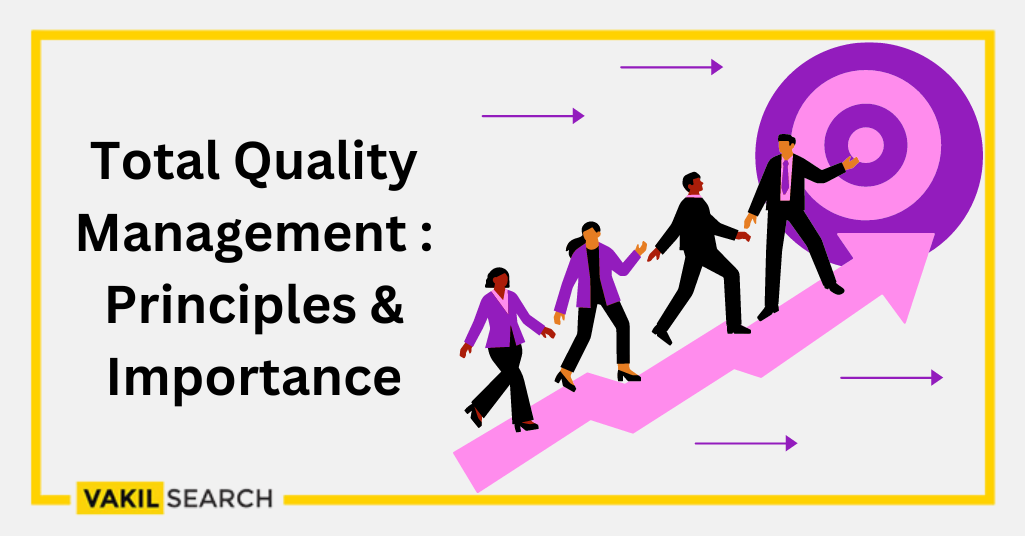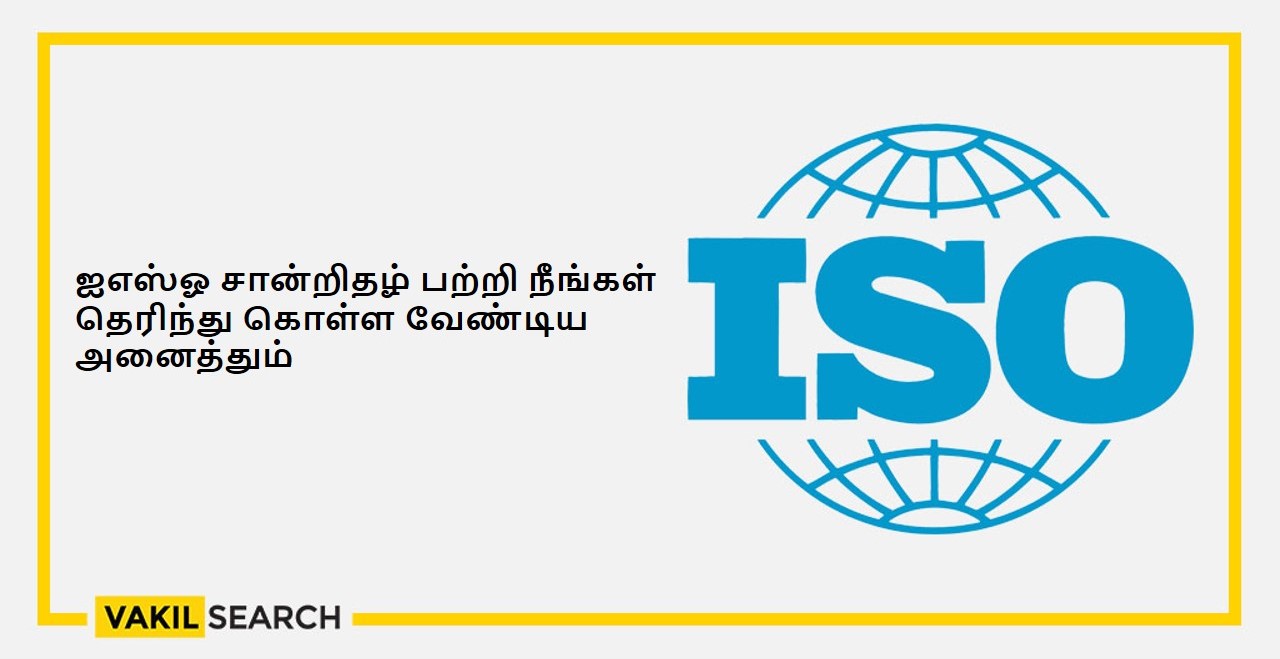Total Quality Management refers to the strategic implementation of methods to achieve higher customer satisfaction. It is done by enhancing the overall quality of the product or service. Read the blog to learn more.
To enhance organizational performance, understanding the fundamental principles of Total Quality Management (TQM) is crucial. This article delves into the key principles and their significance. Implementing these principles empowers organizations to boost efficiency and effectiveness, ultimately achieving their objectives with greater success.
What is TQM? (Total Quality Management)
TQM, or Total Quality Management, is a management strategy dedicated to delivering the highest-quality services with the aim of increasing customer satisfaction. This approach involves all members of the organization, from entry-level employees to top executives, focusing on continuous improvement in the quality of services provided.
Quality, in the context of TQM, establishes a benchmark or standard for the satisfaction level of a product or service. It embodies the perception of superior service or a product that meets or exceeds expectations. This concept is derived from our subjective evaluation of the goodness or satisfaction level a product or service offers.
Fundamental Principles of Total Quality Management (TQM)
Fundamental Principles of Total Quality Management (TQM)
- Customer Feedback and Satisfaction:
The foremost principle of TQM underscores the importance of prioritizing customer satisfaction. Recognizing customers as a crucial aspect of any business, TQM emphasizes that product quality and demand are determined by customer preferences. Customer feedback, whether conveyed through reviews, return rates, or surveys, is invaluable. It serves to understand and meet customer requirements, contributing to enhanced satisfaction.
- Employee Training and Development:
Achieving increased productivity, efficient processes, and successful sales requires the full commitment of all employees. In TQM, every member of an organization bears responsibility for the quality of goods and services. Adequate training and necessary resources must be provided to empower employees. Effective communication and acknowledgment of each employee’s importance, along with opportunities for growth and performance, are essential.
- Procedure Layout:
The efficiency of Total Quality Management relies heavily on a well-defined procedure layout. Additionally, the collective commitment of everyone within the organization is crucial for improving operations, sales, and productivity. Many issues stem from inadequate process flows, emphasizing the importance of identifying and enhancing quality through effective monitoring at every stage.
- Factual Analysis:
Accurate measurement and objective examination of performance metrics are essential to determine if a business is achieving its goals. Factual analysis, based on collected data, enables better decision-making. Company policies and practices should align accurately with goals, objectives, and long-term strategies. TQM necessitates a commitment to making quality a central component, involving necessary financial investments for its implementation. This approach contributes to a systematic improvement in decision-making processes.
PDCA Cycle of Total Quality Management
PDCA Cycle of Total Quality Management
The PDCA (Plan-Do-Check-Act) Cycle is a fundamental framework within Total Quality Management (TQM) aimed at continuous improvement. The cycle consists of four key categories:
- Plan:
In the initial phase, a thorough understanding of the issue at hand is essential. This involves investigating the current situation and laying out a comprehensive plan and framework. The plan outlines the expected results and serves as a guide for subsequent actions.
- Do:
Implementation of the developed plan occurs in this stage. Gradual improvements are achieved by testing and trying the plan on a smaller scale. The focus is on executing the plan to enhance procedures and processes, leading to tangible improvements.
- Check:
This step involves a critical evaluation of the trial results. It is imperative to look for modifications and advancements based on the outcomes. If challenges or issues persist, a detailed analysis is conducted to identify their root causes. This assessment is crucial for refining the plan and ensuring continuous improvement.
- Act:
The final phase requires a thorough examination of the trial findings. Any changes and improvements observed are carefully analyzed. If issues persist, a proactive approach is taken to determine the underlying causes. Subsequently, an improved solution is devised to address the challenges and enhance overall effectiveness.
The PDCA Cycle in TQM is a dynamic process that emphasizes continuous learning, adaptation, and refinement to achieve ongoing improvement and success.
Total Quality Management’s Benefits
An organization can benefit from implementing Total Quality Management as:
- A quality culture will be promoted within the organization as a result of this.
- Teamwork will be emphasized.
- Continuous improvement will be achieved through TQM.
Importance of Total Quality Management
Improvises skills: The quality-centered approach of Total Quality Management makes it easier to identify employee skill gaps and fill them. It has a beneficial impact on employee and organizational development.
Long-term goals: Companies can establish and preserve cultural norms that produce long-term success for both stakeholders and the company by having all employees concentrate on quality management and continual improvement.
Promotes Teamwork: Total Quality Management promotes teamwork and knowledge sharing by emphasizing cross-functional teams. Hence, it increases coordination and communication across many groups and improves institutional knowledge. It also allows businesses more freedom in how they use their workforce.
Cost cutting: Controlling and continually enhancing all production-related activities results in improved quality of products. This leads the products to ship with fewer flaws and lowers the need for future customer assistance, product updates, and product recalls.
Customer satisfaction: Customer satisfaction increases through consistent improvisation and development. Further, this results in customer-initiated word-of-mouth marketing, which is the best way to build the brand image.
Increased profit: Higher profit margins are produced as a result of cost savings. Additionally, it also leads to increased market share and revenue growth.
Reduces wastage: it helps to reduce product errors, cut down production waste, and identify areas that could use innovation and improvement.
Conclusion
The Total Quality Management (TQM) principles serve as a powerful tool for quality management, empowering organizations to enhance their performance and efficiency. Embracing and applying these principles can make a substantial difference in the quality management program of any organization. For further guidance and assistance, feel free to reach out to Vakilsearch.
FAQ’s:
What is Total Quality Management (TQM)?
Total Quality Management (TQM) is a management approach that focuses on continuous improvement, customer satisfaction, and the involvement of all employees in an organization.
What are the key principles of TQM?
The key principles of TQM include a customer-focused approach, continuous improvement, employee involvement, process management, and fact-based decision making.
How does TQM benefit an organization?
TQM can benefit an organization by improving product and service quality, increasing customer satisfaction, reducing waste and costs, and enhancing overall efficiency and competitiveness.
What are the main tools and techniques used in TQM?
TQM utilizes various tools and techniques such as quality function deployment (QFD), statistical process control (SPC), Six Sigma, Kaizen, and process mapping to achieve its objectives.
How does TQM promote employee involvement?
TQM promotes employee involvement through empowerment, training, and the creation of a culture that encourages workers to contribute ideas and participate in decision-making processes.
What is the role of leadership in TQM?
Leadership plays a crucial role in TQM by setting a clear vision, providing resources and support, and fostering a culture of continuous improvement and quality throughout the organization.
How is TQM different from traditional quality management approaches?
Unlike traditional quality management, TQM emphasizes a holistic, organization-wide approach to quality, focusing on prevention rather than detection of defects, and the involvement of all employees in the quality improvement process.
What are the potential challenges in implementing TQM?
Challenges in implementing TQM may include resistance to change, lack of employee buy-in, inadequate resources, and the need for sustained commitment from top management.
How can an organization measure the success of TQM implementation?
The success of TQM implementation can be measured through various indicators such as customer satisfaction, defect rates, on-time delivery, employee engagement, and financial performance.
What are some examples of companies that have successfully implemented TQM?
Companies such as Toyota, Motorola, and Ford have been recognized for their successful implementation of TQM, leading to significant improvements in quality, efficiency, and customer satisfaction.
Other Related Topics:









